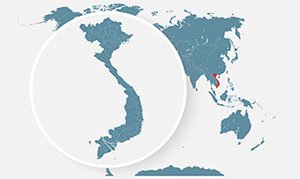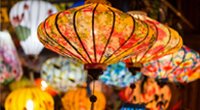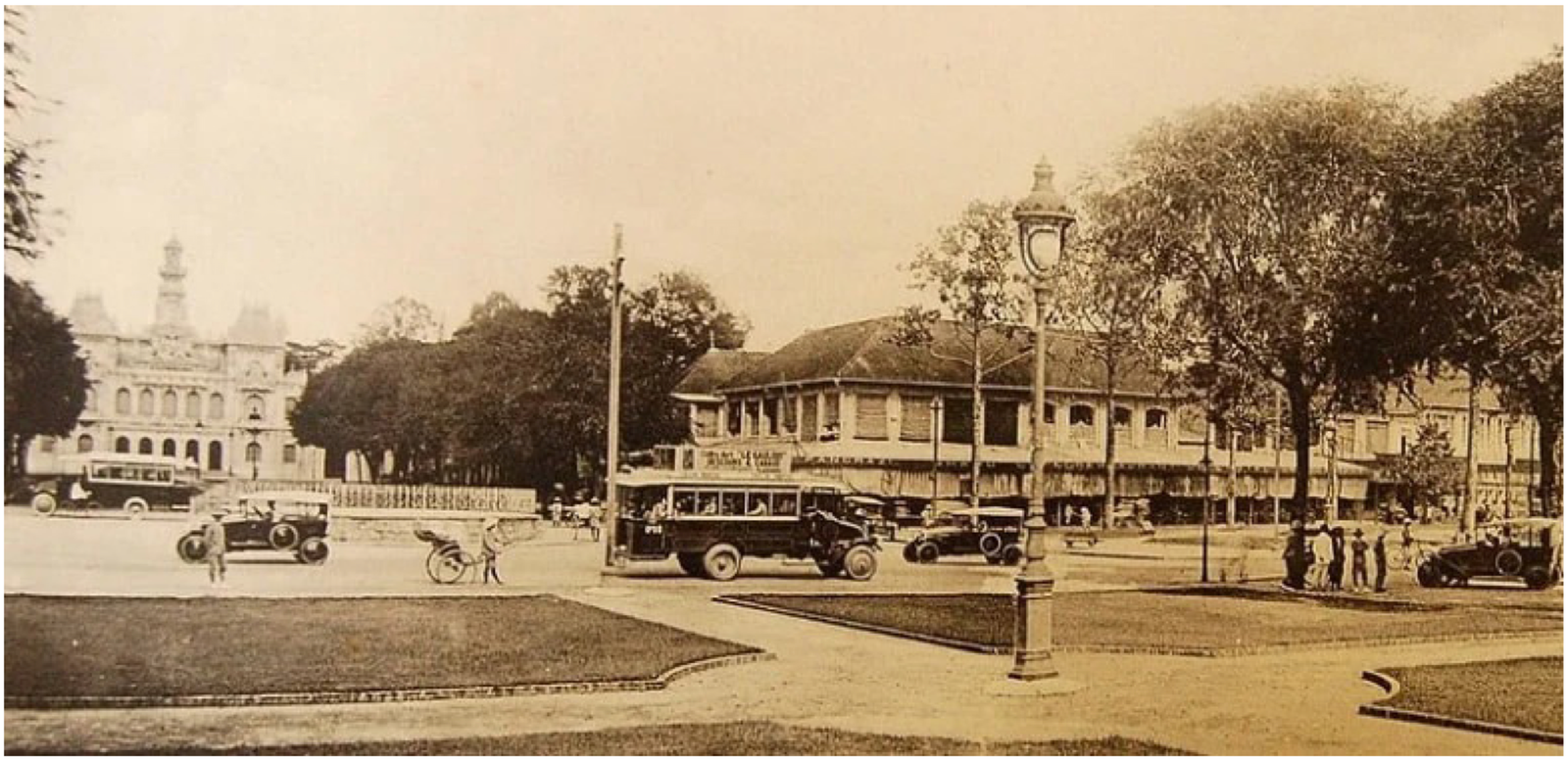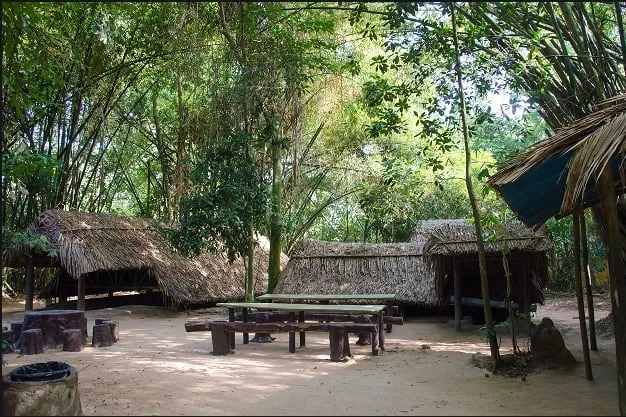Contents
ToggleWhat Was Saigon Called Before? The Fascinating History
Long before skyscrapers and motorbikes filled the streets, the land we now know as Ho Chi Minh City was part of the Khmer Empire. Back then, it was called Prey Nokor, meaning “forest city”. At the time, it was a sparsely populated area of swamps, rivers, and dense woodland, primarily used as a small trading outpost.
In the 17th century, waves of Vietnamese settlers began moving south. By the mid-1600s, the Khmer king granted Vietnamese lords the right to cultivate and govern the land. It was soon renamed Gia Định, and the settlement steadily grew into a thriving commercial hub thanks to its strategic location on the Saigon River.
The city’s fate changed drastically in 1859, when French forces seized control. They renamed it Saigon and developed it into the capital of Cochinchina, later expanding its role as the centerpiece of French Indochina. Under colonial rule, Saigon flourished, earning the romantic nickname “Pearl of the Far East.” Elegant French villas, wide tree-lined boulevards, and grand public buildings gave the city a cosmopolitan character that still lingers today.
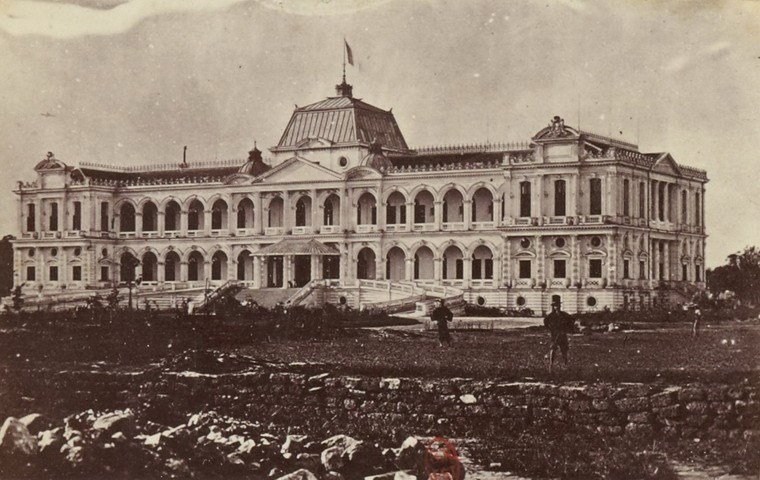
Why Did Saigon Change Its Name?
The 20th century brought turbulence, with wars and shifting political powers shaping the city’s destiny. After the French departure, Saigon became the capital of South Vietnam during the Vietnam War (1955–1975). Despite the conflict, it remained a bustling cultural and economic hub, marked by strong American influence during the war years.
Everything changed on April 30, 1975, when North Vietnamese forces captured Saigon, marking the end of the Vietnam War. In 1976, the city was officially renamed Ho Chi Minh City, in honor of President Ho Chi Minh, the revolutionary leader who spearheaded Vietnam’s fight for independence and reunification.
The new name symbolized not only victory but also the unification of North and South under a socialist government. Yet, despite the official change, many locals and visitors still affectionately call the city Saigon—especially when referring to its historic downtown.
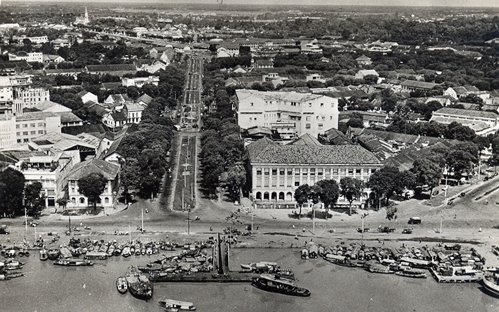
Why Is the Name Saigon Still So Popular?
Although the city’s official name is Ho Chi Minh City, the name Saigon remains deeply ingrained in daily life—for both locals and visitors.
Here’s why the old name endures:
- Short & simple – “Saigon” is quicker to say and easier to remember.
- Everyday use – Locals use “Saigon” in casual conversations, while “Ho Chi Minh City” appears mainly in formal, political, or administrative contexts.
- Nostalgia – Older generations remember Saigon’s golden days as the “Pearl of the Far East.”
- Identity – For many younger people, “Saigon” feels vibrant, modern, and cosmopolitan—matching the city’s fast-paced energy.
In reality, the two names coexist harmoniously: “Ho Chi Minh City” for official purposes, “Saigon” for cultural, emotional, and everyday use.
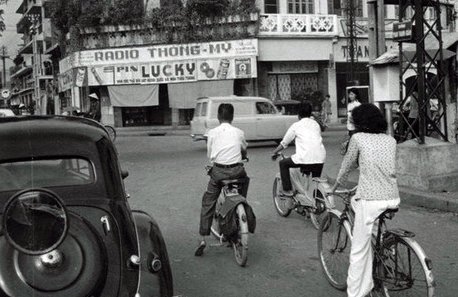
What Is Saigon/Ho Chi Minh City Like Today?
Regardless of which name you prefer, today’s city is Vietnam’s largest, busiest, and most dynamic metropolis—a place where history and modernity meet.
✨ Highlights of Saigon / Ho Chi Minh City:
- Colonial landmarks – Admire the French-built Notre-Dame Cathedral, Central Post Office, and Opera House.
- Historic sites – Visit the Reunification Palace or explore Cholon (Chinatown) for a taste of local heritage.
- Bustling lifestyle – Millions of motorbikes fill the streets, creating the city’s famous rhythm of organized chaos.
- Food culture – From sizzling street food stalls to French-inspired bakeries and upscale dining, Saigon is a culinary paradise.
- Nightlife – Rooftop bars, vibrant night markets, and Bui Vien Walking Street keep the city buzzing long after dark.

Final Thoughts
So, should you say Saigon or Ho Chi Minh City?
👉 Use Ho Chi Minh City in formal settings, but don’t hesitate to say Saigon in everyday conversation—locals will understand you either way.
Ultimately, both names reflect the city’s rich history and vibrant identity. Whether you’re drawn to its colonial elegance, modern skyscrapers, or endless food adventures, this southern capital will leave you with unforgettable memories.

